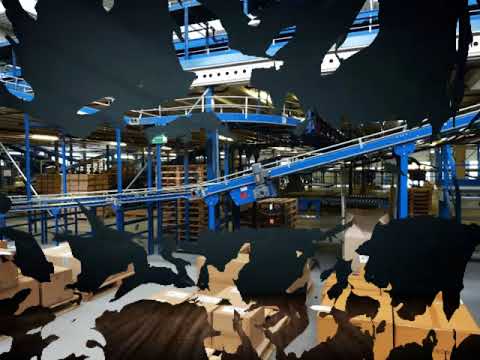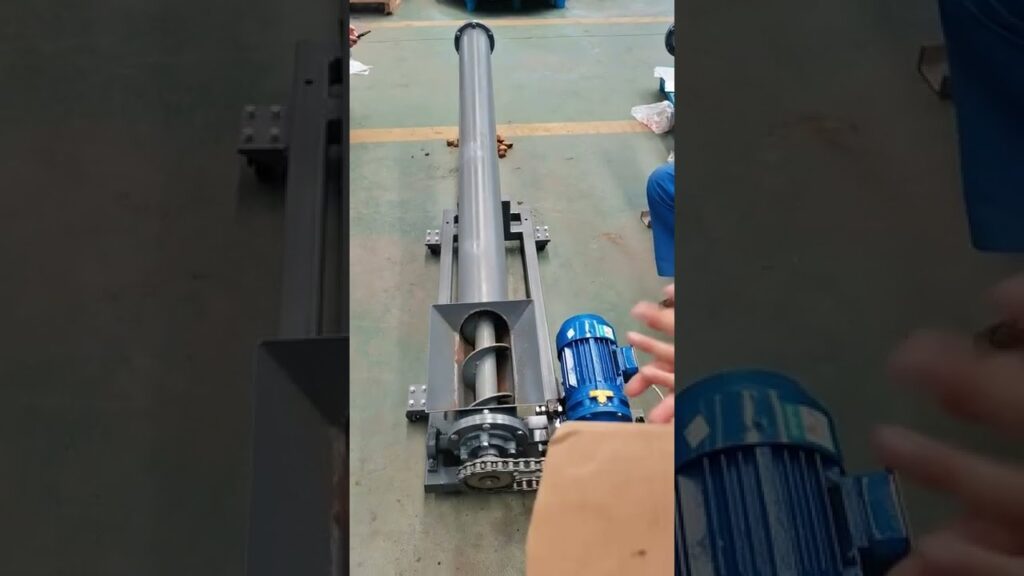Material Handling Equipment: Revolutionizing Efficiency in the Workplace
Material handling equipment, a critical component of any warehouse or manufacturing facility, plays a paramount role in ensuring efficient operations. From lifting and transporting heavy loads to organizing and storing materials, handling equipment has evolved significantly over the years. In this article, we will explore the various types of material handling equipment and their contributions to enhancing productivity and safety in the workplace.
Material handling equipment encompasses a wide range of machinery, tools, and vehicles designed to facilitate the movement, storage, control, and protection of materials throughout the manufacturing process. These equipment play a crucial role in streamlining operations, reducing manual labor, and preventing injuries. Let’s delve deeper into some notable types of handling equipment shaping modern workplaces.
Forklifts, perhaps the most ubiquitous piece of material handling equipment, revolutionized the industry when they were first introduced in the early 20th century. These vehicles, equipped with pronged forks, are primarily used for lifting and transporting heavy loads. They have proved indispensable in warehouses, distribution centers, and manufacturing plants where the movement of palletized goods is required. Forklifts come in various configurations, including electric, diesel, and gas-powered, to cater to different operational needs.
Another common type of handling equipment is conveyors. These are automated systems used for the transportation of materials from one location to another. Conveyors eliminate the need for manual labor in moving goods, increasing productivity and reducing the risk of injuries. Whether it’s a roller conveyor, belt conveyor, or chain conveyor, these systems are tailored to suit specific material-handling requirements.
Pallet jacks, also known as pallet trucks, are an essential tool in any warehouse or storage facility. Their design allows for easy loading and unloading of pallets, making them indispensable for the transportation of goods within confined spaces. Pallet jacks are particularly useful when maneuvering heavy loads without the need for a forklift.
In recent years, automated guided vehicles (AGVs) have gained prominence in material handling operations. These self-guided vehicles use sensors and GPS technology to navigate through the workspace and perform assigned tasks such as carrying loads, stacking pallets, or moving goods within a facility. AGVs not only enhance efficiency but also contribute to improving worker safety by reducing the risk of accidents.
Furthermore, storage and retrieval systems such as automated storage and retrieval systems (AS/RS) have redefined the way materials are stored and retrieved in warehouses. These systems utilize computer-controlled mechanisms to handle and store goods in high-density storage units, maximizing the utilization of available space. AS/RSs not only save valuable time but also reduce errors and labor costs associated with manual inventory management.
When it comes to handling bulk materials, material handling equipment like loaders, skid steers, and excavators are relied upon to perform tasks such as loading and unloading trucks, excavating, or stockpiling large quantities of goods. These robust machines ensure efficient and precise handling of bulk materials, thereby streamlining the overall operation.
In conclusion, material handling equipment holds immense importance in modern workplaces, significantly improving efficiency and safety. The types of equipment discussed, such as forklifts, conveyors, pallet jacks, AGVs, and storage and retrieval systems, have transformed the way materials are moved, stored, and controlled. Employing the right equipment for specific tasks not only increases productivity but also minimizes the risk of workplace injuries. As technology continues to advance, we can expect continued development in handling equipment, further revolutionizing the way we handle materials in the workplace.
Handling Machine
“Essential Equipment for Efficient Material Handling: A Comprehensive Guide to Handling Equipment”


